Abstract:
Quantum computing is speculated to be a potential game-changer in many major industries (e.g. finance, pharmaceuticals, logistics), however there are very few actual and realistic predictions of what specific problems would be solved by such machines.
There is a growing consensus that quantum computers are most likely to surpass their classical counterparts at solving large-scale complicated multi-modal global optimization problems, which exploration geoscience happens to be full of.
The universal, programmable or gate-based quantum computers are, of course, still in their infancy, and only few algorithms exist that can be ran on these machines.
There is, however, another form of quantum computing, which has seen a development of much more advanced purpose-built machines.
These so-called quantum annealers are considered to be nearly able to outperform classical computers, and moreover it appears that this form of computing is a much better suited platform for combinatorial optimization problems than the popular gate-based variety.
In this talk we wish to bring the basics of quantum computing to the wider audience and present some preliminary results from our recent project focused towards estimating near surface velocity anomaly estimation using the D-Wave quantum annealer.
We will also give a brief overview of activities at TU Delft that target at bringing quantum computing to the field of engineering applications.
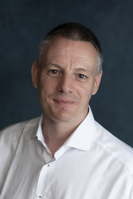
Speaker: Dr. rer. nat. Matthias Möller (Delft University of Technology)
Biography:
Dr. rer. nat. Matthias Möller is Associated Professor at the Department of Applied Mathematics at Delft University of Technology. He obtained a Diploma in Mathematics from the Faculty of Mathematics at TU Dortmund University, Germany, in 2003 and received a PhD from the same institution in 2008. He joined the Numerical Analysis group at TU Delft in 2013. His research interests focus on numerical methods for partial differential equations and their efficient implementation on heterogeneous high-performance computing platforms. He has been working on high-resolution adaptive finite element and isogeometric methods and fast iterative solution techniques, in particular, for convection-dominated transport problems and compressible flows. Since recently, Matthias is working in the field of quantum-accelerated scientific computing with focus on quantum algorithms for numerical linear algebra and optimization problems.
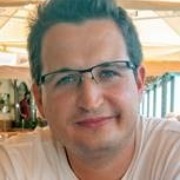
Speaker: Dr. Marcin Dukalski (Aramco Overseas)
Biography:
Dr. Marcin Dukalski joined the Aramco Delft Global Research Center as a senior scientist in 2018. Prior to that he worked at the Shell Research Center in Rijswijk and in Amsterdam. His work is focused on seismic data processing (in particular multiple attenuation) as well as potential applications of quantum computing in geophysics. Marcin got his PhD from the Kavli Institute for Nanoscience at the TU Delft in 2013, where he worked on theory and experiment of quantum entanglement and decoherence. Since 2019, Marcin has been an industrial advisor to the Dutch National Agenda for Quantum Technologies, which aims to develop the economic sector of quantum technologies in the Netherlands.
March event:
Distributed Acoustic Sensing (DAS) for Geoscience
Report:
by Dong Zhang
On March 18th of 2022, a virtual event on fibre-optic seismology techniques was held by the EAGE Local Chapter Netherlands.
The invited speaker was Professor Andreas Fichtner from the Department of Earth Sciences at ETH Zürich.
Prof. Andreas Fichtner started the event with a brief introduction on the principles and potentials of distrib-uted acoustic sensing.
In the first part, he demonstrated the distributed fibre-optic sensing technology with many case studies in volcanic and glacial environments.
Based on the Rhone glacier experiment, it was found that the deploy-ment of fibre-optic cables on glaciers is logistically feasible,
and that the snow cover provides good coupling and data quality.
Compared to conventional seismometers, significantly improved location accuracy can be achieved via fibre-optic cables with
similar logistic efforts.
From the volcanic Mount Meager experiment, previously unobserved low-frequency volcanic tremor and unknown high-frequency seismic activity
were discovered, thanks to the benefits of the distributed fibre-optic sensing.
In the last volcano-glacial experi-ment, fibre-optic sensing clearly outperformed the local seismometer array in terms of detection of the
high-frequency local earthquakes and of the observation of previously unknown ice sheet resonance.
During the second part of the talk, Prof. Andreas Fichtner introduced the emerging integrated fibre-optic sensing technology,
which is promising to overcome the limit of maximum interrogation distance for distrib-uted fibre-optic sensing.
It involves the measurement of the deformation-induced phase changes of the transmitted laser pulses, and is capable of mimicking
distributed measurements by time-dependent analysis.
In theory, it is possible to use the new integrated sensing for tomography and earthquake location.
Many interesting questions were brought forward by the audience online after the talk and interesting discussions arose about the
coupling quality of the distributed fibre-optic cables or the possible use of distrib-uted sensing technology for
microseismicity monitoring in Groningen.
Prof. Andreas Fichtner also explained the time sampling rate issue between distributed and integrated sensing.
In general, a successful event has been achieved thanks to the great effort and contribution of the speaker and to the
active participation of the audience online. The recorded event is available on the EAGE YouTube channel,
for anyone who is interested in fibre-optic technology.
Rewatch the event on Youtube.
Abstract:
Fibre-optic deformation sensing provides new opportunities for seismic data acquisition with high spatio-temporal resolution.
The relative ease of deploying fibre-optic cables, or the possibility to piggyback on existing telecom infrastructure make this technology particularly attractive for environments where large numbers of conventional seismic instruments may be difficult to install.
These include active volcanoes, glaciers or densely populated urban centres.
In the first, more observational part of this talk, we will present a series of case studies where Distributed Acoustic Sensing (DAS) greatly improved the location of glacial icequakes,
enabled the observation of previously unknown volcanic tremor and resonance phenomena, and increased the number of detected seismic events by two orders of magnitude
- all relative to data from existing seismometer networks.
In the second, more theoretical part, we will report on the development of a novel fibre-optic sensing system that is based on the transmission of microwave-modulated laser pulses.
While being more than 10 times cheaper than most DAS systems, the microwave system allows for interrogation distances of hundreds or thousands of kilometres.
We show theoretically that different segments of the fibre can have different sensitivities for deformation sensing, largely depending on fibre curvature.
Data from a large-scale experiment in Athens support this theory, thereby suggesting that tomographic imaging in remote regions and in the oceans should be possible.

Speaker: Prof Andreas Fichtner (ETH Zürich)
Biography:
Andreas Fichtner is a Professor of Seismology & Wave Physics at ETH Zürich.
He received his PhD in 2010 from LMU Munich for his work on Full Seismic Waveform Modelling and Inversion.
After spending three years as a postdoctoral researcher, he joined ETH Zürich in 2013.
His research interests include theoretical and computational seismology, inverse theory, the translation of seismic imaging techniques to medical ultrasound,
and distributed acoustic sensing in environments where conventional seismometer arrays are difficult to install.
Andreas Fichtner is the editor of one and author of four books on topics ranging from applied mathematics to general geophysics and inverse theory.
He received the 2011 Keitii Aki Award from the American Geophysical Union and the 2015 Early Career Scientist Award from the International Union of Geodesy and Geophysics, as well as several other recognitions.
April event:
Advances in quantitative permafrost imaging through joint inversion of multiple geophysical observations
Report:
The recording of the event will be posted here in the future.
Abstract:
Quantitative estimation of liquid water, ice and air in partially-frozen ground is crucial for a process-based understanding of permafrost and its hazard potential upon climate-induced degradation in alpine and arctic regions. Various geophysical methods offer sensitivity to the phase change of the pore-filling constituents in permafrost systems. Yet the quantitative information obtained from single-method approaches via petrophysical relations is often ambiguous. This ambiguity can, in part, be addressed by combining the observations from different geophysical techniques with complementary sensitivities in a joint imaging framework. In this talk, I give an overview of existing approaches to combine multiple imaging methods in environmental geophysics, present recent methodological improvements and field examples of constrained, joint and time-lapse inversion for ground ice estimation, and conclude with remaining challenges and new frontiers in quantitative and process-based geophysical imaging of the partially-frozen subsurface.
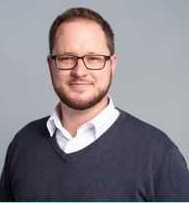
Speaker: Prof Florian M. Wagner (RWTH Aachen)
Biography:
Florian Wagner is a Substitute Professor of Applied Geophysics at RWTH Aachen.
May event:
Understanding and forecasting natural and induced seismicity by combining physics-based models and observations
Information:
Our May event will be the first in-person event of 2022 and will be held in Utrecht. The event is organised in collaboration with EAGE/GAIA Womin in Geoscience and Engineering. The event will focus on induced seismicity, however, our speaker, prof. Ylona van Dinther, will also share here experience as a woman in academia. More information about the speaker and how to register for the event can be found below.
Date: May 17th, 18:00-21:00
Venue: Ruppert rood zaal, Marinus Ruppertgebouw, Utrecht Science Park, Leuvenlaan 21, 3584 CE Utrecht
Registration: Via the Eventbrite
Agenda:
18:00-18:10 - Introduction by Dr. Diego Rovetta and Florencia Balestrini, MSc.
18:10-19:00 - Technical talk by Prof. Ylona van Dinther (Utrecht University) on:
Understanding and forecasting natural and induced seismicity by combining physics-based models and observations
19:00-19:30 - Q&A and discussion
19:30-21:00 - Buffet dinner at the Ruppert Hal
Before her technical talk, Ylona will also talk about her experiences as a woman in academia and particularly on combining a family and an academic career.
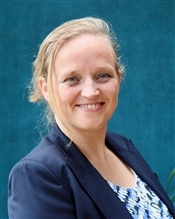
Speaker: Prof Ylona van Dinther (University of Utrecht)
Biography:
Prof. Ylona van Dinther is an associate professor in tectonics and earthquake physics and at Utrecht University since October 2018.
Before that, she was at ETH Zurich (Switzerland) for almost 10 years as PhD student, post doc and senior scientist / lecturer,
where she lead the group on earthquake physics consisting of 6 PhD students and a post doc.
She pioneered the bridging of time scales from tectonic time scales (millions of years) down to earthquake time scales (milliseconds to years) in numerical models.
For this, she was awarded the Jason Morgan Early Career Award from the Tectonophysics section of the American Geophysical Union and the Royal Netherlands Academy of Arts and Sciences (KNAW) Early Career Award.
Her research interests span the fields of tectonics; seismology; tectonophysics; earthquake, fault and rock mechanics;
mantle dynamics; and structural geology.
Her research principally aims at better understanding the tectonic and rheological controls governing the spatiotemporal occurrence of fault slip,
ranging from earthquakes to slow slip and continuous creep.
To explore the opportunities and limitations for earthquake hazard assessment and combine physics-based models with observations,
she also works on applying ensemble data assimilation, a statistical method adopted from weather forecasting. She uses this to estimate and forecast the state of stress and slip on the fault.
Following a successful synthetic proof of concept, her team is currently exploring these methods on laboratory experiments in the context of DeepNL.
July event:
Young Professional and Student teambuilding and social
Report:
by Johno van IJsseldijk, Joeri Brackenhoff and Dong Zhang
Our July event focused on the networking between young professionals and students that are members of the EAGE.
It was organized in cooperation with the Young Professionals chapter of EAGE
and the Delft Organization of Geophysics Students chapter of EAGE.
On July 21st 2021 the local chapter organized their second live event of the year.
A welcome sight after two years of only virtual events, and a good moment to organize a big three-part event!
The event started off with some team building activities for students and young professionals on the Scheveningen beach.
After a week of great weather, the sun had unfortunately disappeared today.
This combined with the strong winds meant that only the most hardened of geoscientists dared to show up.
On the upside the entire beach was now our private playground, with no other souls in sight.
The attendees were split into two teams, in which they had to depend on their teammates artistic, navigational and sensory skills.
During the games a beautiful map of the Netherlands was drawn on the beach and the students blindfolded traversed the beach solely relying on audible instructions.
Next, we moved to the Beach Club to meet up with the other local chapter members.
Here, invited speaker Mathijs Koymans from the KNMI presented his work on passive assessment of geophysical instruments using Electrical Network Frequency Analysis.
He got inspired by a YouTube video by Tom Scott on observable fluctuations of the frequency of the electrical grid.
In Europe the frequency of the alternating current is on average kept at 50 Hz, however deviations up to 0.1Hz do occur.
Mathijs proposed that we could benefit from the occurrence of this Electrical Network Frequency (ENF) in geophysical data.
First, it was shown that the ENF recorded as noise in geophysical data could be matched with the open reference data of the ENF
provided by grid operators to recalibrate instruments and correct timing errors.
A second application of the ENF signal was to detect orientation anomalies in multicomponent stations.
If the source of the ENF signal is known, one may be able to find errors in the metadata of the stations.
After the insightful presentation there was room for some questions from the audience.
Finally, the event concluded with a BBQ, where the local chapter members were able to (re)connect and socialize, as well as exchange stories about the past years.
Abstract:
The electrical network frequency (ENF) of the alternating current on the power grid is a well-known source of noise in digital recordings. This omnipresent, anthropogenic signal with a fundamental frequency of 50 Hz in Europe is generally considered a nuisance for the processing of geophysical data. Research has therefore been mainly focused on its elimination, while its benefits have gone largely unexplored. It is demonstrated that mHz fluctuations in the nominal ENF, which are induced by variations in power usage, can be extracted from geophysical data. This information represents a persistent time-calibration signal that is coherent between instruments over national scales. Cross-correlation of reliable reference ENF data with estimated ENF data from geophysical recordings provides a passive technique to resolve station timing errors. Furthermore, a polarization analysis of the signal from a stable source may indicate that instruments have been unknowingly misoriented or moved. While the source of the ENF in geophysical data is instrument and site specific, its potential general utility in the passive assessment of geophysical instrument performance is discussed.
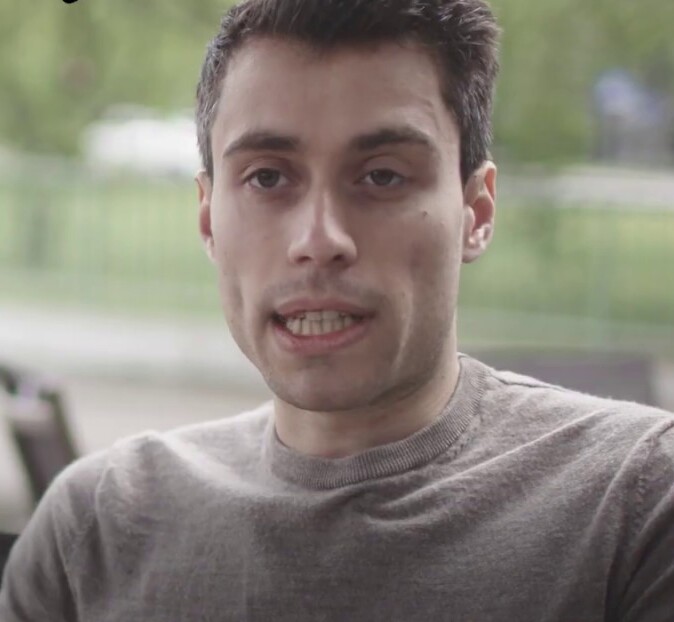
Speaker: Mathijs Koymans M.Sc. (KNMI)
Biography:
Mathijs is a PhD student at The Netherlands Royal Meteorological Institute (KNMI). He is mainly interested in the use of microgravimetry for volcano monitoring, working specifically on Mt Etna, Sicily, Kīlauea, Hawaii, and Askja, Iceland. Other interests include the design and development of software tools and techniques for the quality of assessment of geophysical data that is archived and disseminated by the KNMI.
August event:
Carbon Capture and Storage (CCS) - Colloquium
Information:
Our August event was a collaboration with the EAGE local chapter of Germany, London and the Czech Republic as well as the Oslo Society of Exploration Geophysicists. The event focused on Carbon Capture and Storage and consisted of three exciting talks.
Date: August 31th, 17:00-19:00
Venue: Online
Agenda:
17:00-17:10 - Introduction of the speakers
17:10-17:40 - Technical talk by Josef Paffenholz (Retired) on:
SEAM CSS project
17:40-18:10 - Technical talk by Ryan Williams (Geoteric) on:
AI seismic interpretation of vintage seismic data with implications for CCS site characterisation
18:10-18:40 - Technical talk by Franz May (BGR: Geological Survey of Germany) on:
BGR's role and activities regarding CCS
18:40-19:00 - Q&A and discussion
September event:
Innovation and near-surface characterization for offshore wind farms
Report:
Rewatch the event on Youtube.
Our September event was organized in collaboration with Fugro and focused on developments that have been made for the characterization of the near-surface for wind farms.
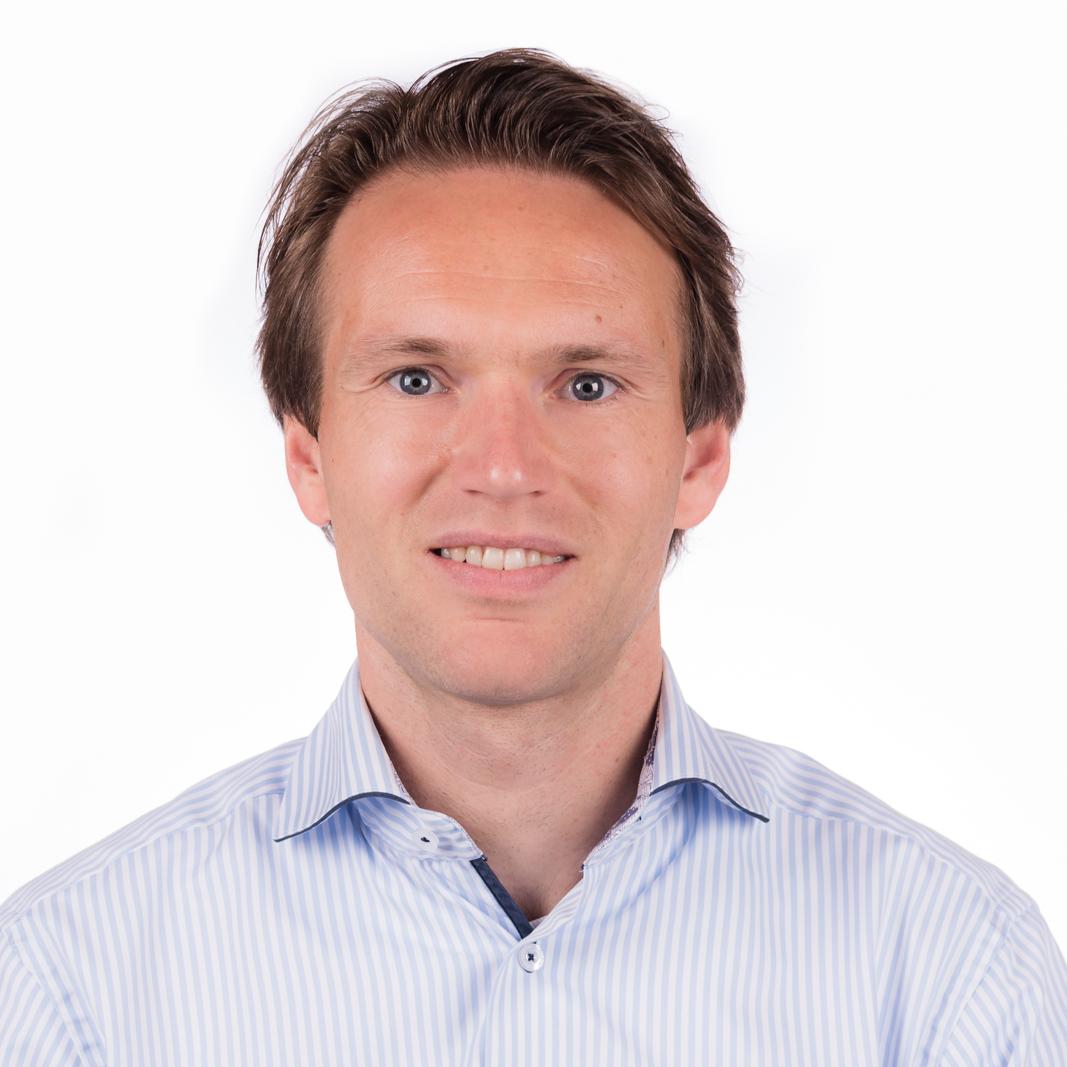
Speaker: Dr. Rik Wemmenhove (Fugro)
Biography:
Rik Wemmenhove is working as Technologist in Fugro's innovation department. In this role he is involved in various technical projects in the marine domain with a particular focus on geo data acquisition, vehicle motion, digital simulation and hydrodynamics. Rik has been working in the offshore industry for nearly 15 years. He received MSc degrees in Mechanical Engineering and Civil Engineering from University of Twente and holds a PhD degree in Applied Mathematics from University of Groningen (2008).
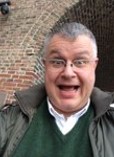
Speaker: Dr. Johannes Singer (Fugro)
Biography:
Johannes Singer has been in Fugro since 2010, initially being part of the Geoscience Division, and later of the Subsea Division. He also managed the Fugro branches in St. Petersburg and Dublin. Johannes is currently working as Chief Scientist. He holds a PhD degree in Theoretical Physics on Quantum-Monte-Carlo Simulations for High Temperature Superconductivity. He later worked both in academia (University of Neuchâtel, Zurich) and industry (IBM, Shell). His interests span the fields of Geoscience, Geotech, Autonomous Vessels & Robotics, Asset Monitoring Techniques, among others.
October event:
Dike safety: geology, near surface geophysics and FRESH EM (live)
Information:
Our October event was organized in collaboration with Deltares and focused on dike safety. Our speaker, Dr. Marc Hijma discussed this topic along with field tests performed by Deltares in the Netherlands.
Abstract:
Backward erosion piping is an important failure mechanism for flood defences.
It can occur during high water when the hydraulic gradient across the flood defence is high enough to
initiate the formation of pipes by flowing water at the interface of a sand layer and a less permeable and more cohesive cover layer.
If unmitigated, the erosion channel will progress upstream and may lead to subsequent failure of the flood defence.
The assessment model that we use in The Netherlands are based on tests in homogeneous, sieved fluvial sand
and hence it completely ignores geology!
In large parts of the Netherlands, however, the sand below the flood defences consists of tidal sand,
sand that has relatively high percentages of fines (clay, silt), often contains discrete clay and silt layers,
and is much more cohesive than fluvial sand.
Two full-scale backward erosion piping field tests were executed in the Hedwigepolder, The Netherlands.
The tests were aimed to validate our hypothesis that tidal sand has more resistance to piping than fluvial sand.
Piping was initiated by infiltrating water into a completely enclosed body of tidal sand.
In this talk I will show you all the highlights of this test, including our excavation after the test to track the pipe route,
but also what it will mean for the assessment of flood defences in The Netherlands.
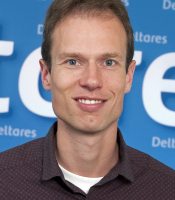
Speaker: Dr. Marc Hijma (Deltares)
Biography:
Dr. Marc Hijma is a quaternary geologist working as a researcher on deltas, river systems and flood-protection with 20+ years of experience. He is a specialist on past and current sea-level changes, long-term evolution of near-coastal areas and the influence of the subsurface on the behavior of levees and other infrastructure. His experience is based on research both in The Netherlands and abroad. He gets inspired by bringing fundamental and applied research together in projects that benefit society.
November event:
ScanSeismic
Information:
Our November event was organized in collaboration with EBN.
Abstract:
To achieve the Dutch policy objective to significantly reduce carbon emissions,
a shift from fossil towards renewable energy resources is required.
Within the Netherlands, geothermal energy is a proven renewable energy resource, but currently only with a limited number of operating installations.
A limiting factor to the broader development of geothermal projects is the fact that the subsurface data in the Netherlands is not well distributed;
seismic & well data coverage is poor in roughly half of the country, including major residential and industrial areas with high heat demand.
Improving the data coverage in these areas would increase the benefit-risk ratio of geothermal projects.
Energie Beheer Nederland B.V. (EBN) and TNO identified what data acquisition is required to overcome this data limitation,
which led to the SCAN Geothermal Exploration Program.
The presentation will review the seismic phase of the SCAN program,
which started with the acquisition of a 2D seismic test line to define the optimum acquisition parameters for a regional 2D seismic survey,
the acquisition and processing of 1760 km newly acquired data and a large reprocessing effort comprising more than 7600 km of vintage 2D seismic data.
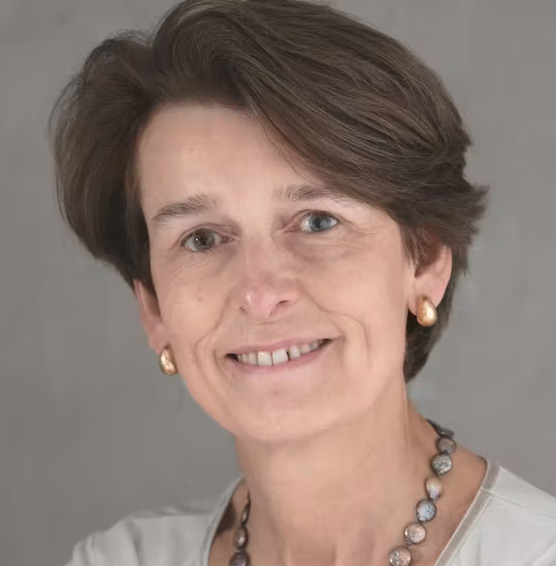
Speaker: Gitta Zaalberg (EBN)
Biography:
Gitta Zaalberg-Metselaar joined EBN B.V. in 2018 as Programme Manager Geotechnical Operations. In this role she is responsible for the seismic program of SCAN and the SCAN data wells programme. From 2006-2017 she worked for Fugro, the world's leading service provider of earth related data. She held several positions in multi-client (MC) services providing seismic data for oil & gas exploration. She was in charge of the divestment of Fugro's global MC business and managed hydrocarbon exploration investments in Australia. For a period of two years she was responsible for the strategic collaboration between Fugro and a Norwegian geophysical service company. Gitta started her career in 1984 in Trondheim, Norway with a start-up geophysical service company. Back in The Netherlands she set up and managed the Dutch branch. Gitta holds a Master in applied earth sciences from Delft University of Technology.
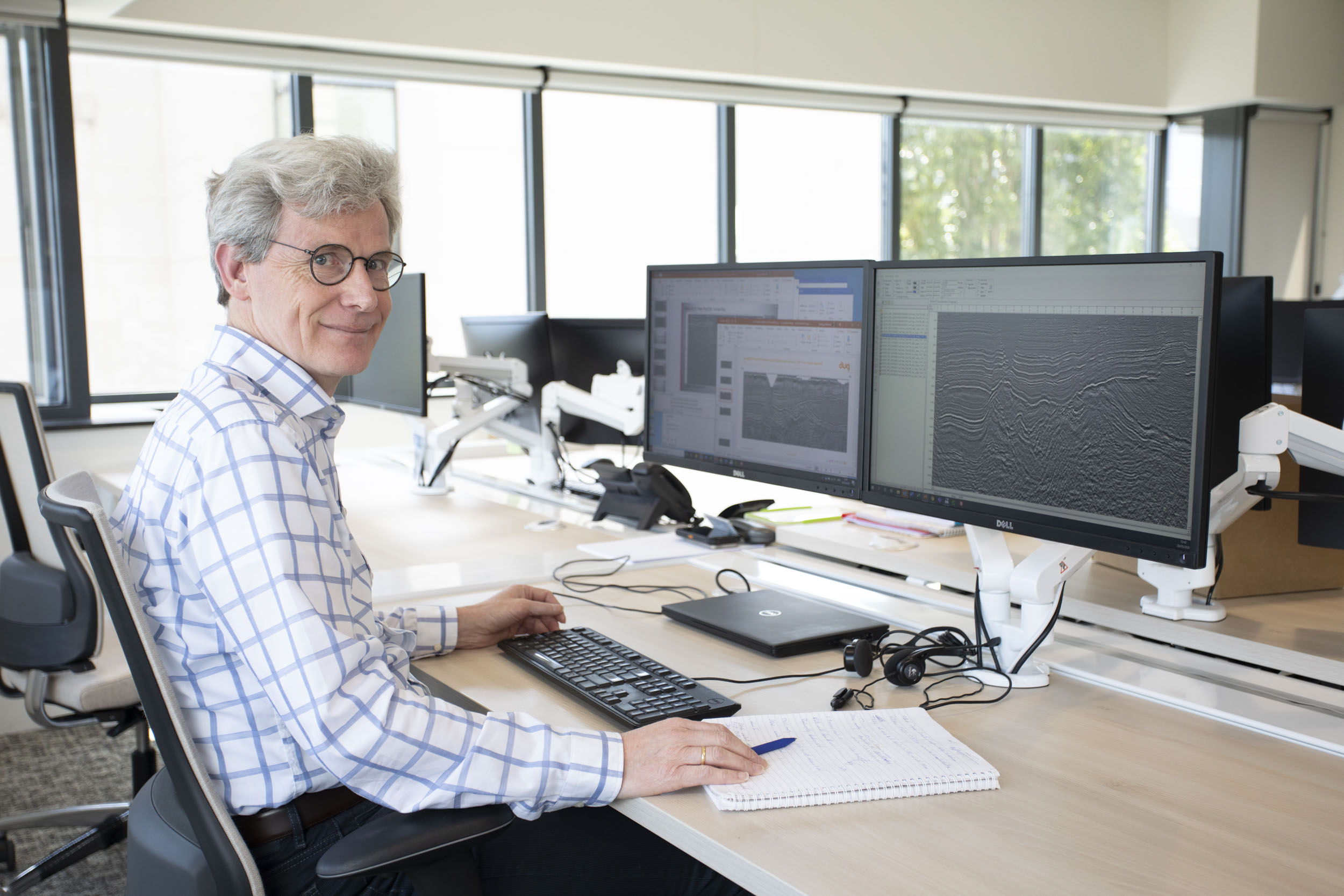
Speaker: Johannes Rehling (EBN)
Biography:
Johannes Rehling is currently working in EBN's geotechnical operations team as Senior Geophysicist. Within EBN, his focus is on seismic acquisition and processing QC, related contracting and project management of seismic processing contractors. Prior to joining EBN, Johannes worked 25 years for Shell International, where he held positions as seismic acquisition technical auditor, processing & QI geophysicist as well as Head QI & Geophysical Reservoir Surveillance. During his years at Shell Johannes worked at Shell offices in The Hague & Rijswijk as well as operating companies in Norway, the Sultanate of Oman and the US.
December event:
Geothermal Energy
Report:
by Joeri Brackenhoff
On December 14th 2022, the EAGE Local Chapter Netherlands held their end of year event, in person for the first time in
two years. The event covered the topic of geothermal as well as a year review of the activities of the local chapter,
followed by a social dinner.
The event was started by Diego Rovetta, who has been the president of the chapter since its founding. He presented
the numbers and other facts about the last year, with special attention to the collaborations with other organizations
and the transition from online events to in-person events. He reflected on the many challenges the chapter has faced
and the continued interest of the community in the chapter. After his review, there was a handover ceremony where
Diego stepped down as president and Florencia Balestrini became the new president. Similarly, Rita Streich, who
has served as vice-president alongside Diego handed her position to Joeri Brackenhoff. The chapter would like to
thank Diego and Rita for all their hard work over the years and is looking forward to seeing them again at future
events.
After the handover, the event focused to the topic of geothermal. Two excellent speakers, Dr. Marit Brommer of the
International Geothermal Association and Associate Prof. Phil Vardon of TU Delft, gave a presentation on the
subject. Marit focused her talk on the current state of geothermal and the future plans to grow the industry. She had
special focus on the need for greater development in the field, the recruitment of talented scientists and engineers
and the equality of the workforce. She demonstrated where the potential for the field lies, what the challenges are
and how these relate to society.
After Marit, Phil gave his talk on the subject of the TU Delft campus geothermal project (which will be owned by
the GTD consortium and known sometimes as DAPwell), a project where a geothermal well will be drilled and used
on the campus of TU Delft. Phil explained that this would lead to a great deal of potential research into the topic.
The well is not only used to study the actual geothermal application, but also to do measurements and monitor the
area around the well. This includes seismic monitoring, ElectroMagnetic monitoring, coring and many other
methods. Furthermore, the project will be used for commercial geothermal exploitation, where the well is used for
actual heat recovery. This is one of the main advantages of the project, where all results will be directly relevant to
full scale geothermal application. Phil showed how important it is that this research is performed in a responsible
way and how many interesting avenues for research there are in this topic.
After the talk, there was a Q&A session. Many of the questions were focused on the feasibility of the industry. Marit
named Turkey as an example of how quickly a geothermal project can be founded and executed. There were also
questions on the use of deep geothermal, compared to shallow geothermal and which is more promising. Phil and
Marit mentioned that this is very dependent on the area and local geology. The discussion showed a great deal of
engagement by the audience on the topic of geothermal. After the discussion, there was a social dinner organized by
the chapter, which gave plenty of opportunity for further discussion and networking.
Overall, the event was a great way to close an eventful year for the chapter. The chapter would like to thank
everyone who has contributed to the events and the organization over the past few years and has its sights set firmly
on 2023, with new goals and aspirations.
Abstract:
Accelerating Geothermal: building the future of energy.
In this talk, Marit Brommer will present a global status of geothermal energy and sketch an outlook for growing the geothermal portfolio globally.
Power, Heating & Cooling, Green Hydrogen, Critical Minerals and Beer are on the Agenda!
A campus geothermal well: a resource for research and for sustainable energy.
I will present our campus geothermal project, current progress and future plans.
We aim to provide a long term research resource which can stimulate the safe and sustainable use of the subsurface close to urban centres.
We intend to provide ground truths with combinations of direct and indirect measurements and aim to measure changes in conditions over time.
Speaker: Dr. Marit Brommer (International Geothermal Association)
Biography:
Marit is a geologist heading up the International Geothermal Association since 2017.
She is an experienced traveller who is passionate about geothermal after a decade of working in the hydrocarbon industry. Favourite saying: just do it.
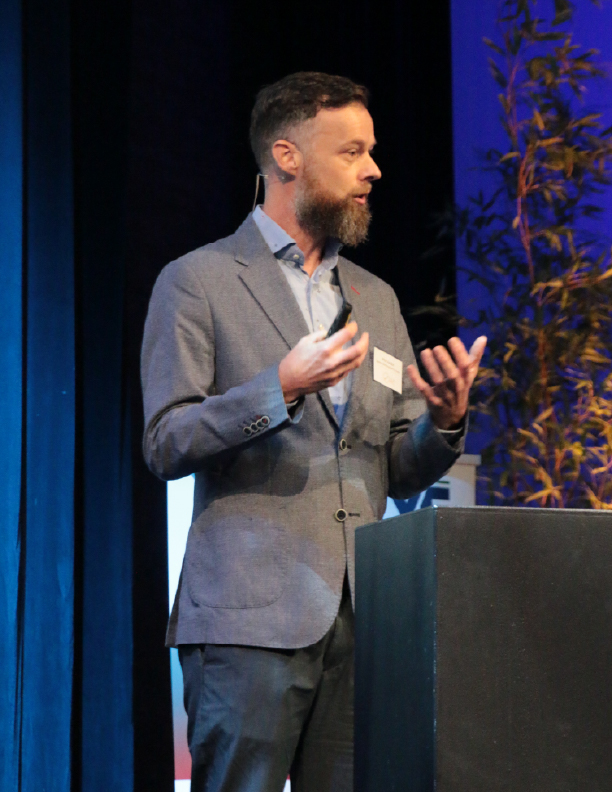
Speaker: Prof. Phil Vardon (TU Delft)
Biography:
Phil is an Associate Professor at TU Delft, where he leads the theme in Geothermal Science and Engineering. As part of this role he is the scientific leader of the geothermal project and coordinates a multi-disciplinary team of academics and researchers. His background is in the conceptualisation and simulation of coupled thermo-hydro-mechanical processes in the subsurface and has applied these in diverse topics such as landslides, radioactive waste disposal and deep and shallow geothermal engineering.